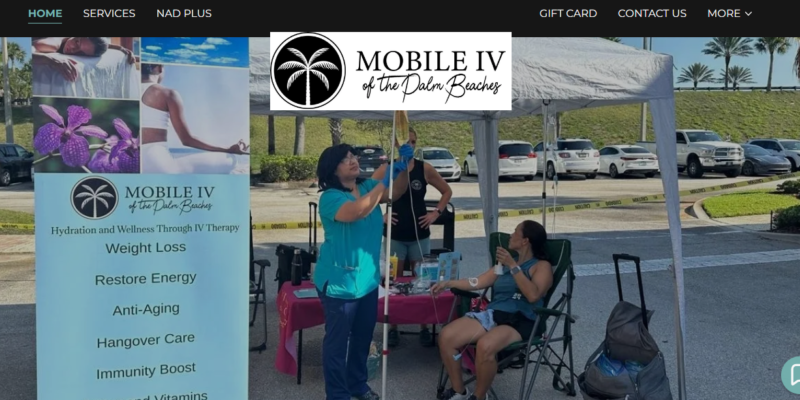
Staying hydrated is vital for overall health, especially during hot weather, intense workouts, or after illness. When you’re feeling dehydrated, knowing how to hydrate fast can make all the difference. In this comprehensive guide, we’ll explore effective strategies to replenish your body’s fluids quickly, ensuring you feel revitalized and ready to take on the day.
Understanding Dehydration
Before we delve into the methods of rapid hydration, it’s crucial to understand what dehydration is and how it affects your body.
What is Dehydration?
Dehydration occurs when your body loses more fluids than it takes in. This can happen due to various factors, including heat, exercise, illness, and inadequate fluid intake. Even mild dehydration can lead to fatigue, headaches, and impaired physical performance.
Symptoms of Dehydration
Recognizing the signs of dehydration is essential for timely intervention. Common symptoms include:
- Thirst: A natural signal that your body needs more fluids.
- Dry Mouth: A lack of saliva can make your mouth feel parched.
- Fatigue: Dehydration can cause low energy levels and tiredness.
- Dizziness: A drop in blood volume can lead to lightheadedness.
- Dark Yellow Urine: Healthy urine should be pale yellow; dark urine indicates dehydration.
- Headaches: The brain can temporarily shrink from fluid loss, causing pain.
Importance of Rapid Hydration
Dehydration can affect both physical and cognitive functions. In severe cases, it can lead to complications like kidney stones, urinary tract infections, and heat-related illnesses. Knowing how to hydrate fast is essential for mitigating these risks and restoring your body’s fluid balance quickly.
Effective Strategies for Rapid Hydration
1. Drink Electrolyte Beverages
Electrolyte beverages are one of the most effective ways to hydrate quickly. These drinks contain a blend of water, electrolytes (like sodium and potassium), and sugar, which can enhance fluid absorption.
Popular Options
- Sports Drinks: Brands like Gatorade and Powerade are designed to replenish lost fluids and electrolytes during physical activity.
- Coconut Water: A natural alternative, coconut water is low in calories and rich in potassium, making it an excellent choice for hydration.
2. Consume Hydrating Foods
Eating foods with high water content can also help you rehydrate quickly. Many fruits and vegetables can provide a refreshing source of hydration.
Top Hydrating Foods
- Watermelon: Contains about 92% water and is rich in vitamins A and C.
- Cucumber: Made up of around 95% water, cucumbers are crunchy and low in calories.
- Strawberries: These berries are approximately 91% water and packed with antioxidants.
- Celery: Consisting of about 95% water, celery also provides fiber and essential nutrients.
3. IV Hydration Therapy
For severe dehydration or when quick rehydration is necessary, intravenous (IV) hydration therapy can be highly effective. This method delivers fluids and electrolytes directly into your bloodstream for immediate absorption.
Benefits of IV Hydration
- Immediate Relief: IV therapy can restore hydration levels much faster than oral intake.
- Customizable Solutions: Healthcare providers can tailor IV fluids to meet individual hydration needs.
- Convenience: Many mobile IV services can administer treatments in the comfort of your home.
4. Drink Cold Water
When you’re dehydrated, drinking cold water can be more refreshing and encourage you to consume more. Cold water can also help lower your body temperature if you’re overheated.
Tips for Drinking Water Effectively
- Sip Regularly: Instead of chugging large amounts at once, sip water throughout the day.
- Infuse Your Water: Adding fruits like lemon, lime, or cucumber can enhance flavor and make drinking water more enjoyable.
5. Avoid Caffeinated and Alcoholic Beverages
While caffeinated and alcoholic drinks might seem refreshing, they can lead to further dehydration. Both caffeine and alcohol act as diuretics, which can exacerbate fluid loss.
Best Practices
- Limit Intake: If you’re dehydrated, avoid these beverages until you’ve adequately rehydrated.
- Opt for Herbal Teas: If you’re looking for a warm drink, choose caffeine-free herbal teas.
6. Monitor Your Hydration Status
Knowing how to assess your hydration status can help you stay on top of your fluid needs.
Ways to Monitor Hydration
- Check Urine Color: Light yellow urine indicates proper hydration, while dark yellow suggests dehydration.
- Listen to Your Body: Pay attention to thirst signals; if you’re thirsty, drink water.
- Track Fluid Intake: Consider keeping a log of your daily fluid consumption, especially during hot weather or exercise.
7. Use Hydration Tablets
Hydration tablets are convenient and can be dissolved in water to create a replenishing drink. These tablets typically contain electrolytes and vitamins to enhance hydration.
Advantages of Hydration Tablets
- Convenient to Carry: Easy to store and transport, hydration tablets can be taken anywhere.
- Customizable Flavor: Many brands offer different flavors to suit your taste preferences.
Conclusion
Understanding how to hydrate fast is essential for maintaining optimal health and performance, especially during times of increased fluid loss. Whether through electrolyte beverages, hydrating foods, or IV therapy, there are numerous methods to quickly replenish lost fluids. By incorporating these strategies into your routine, you can effectively combat dehydration and enhance your overall well-being.
For more information on effective hydration methods, visit how to hydrate fast.











